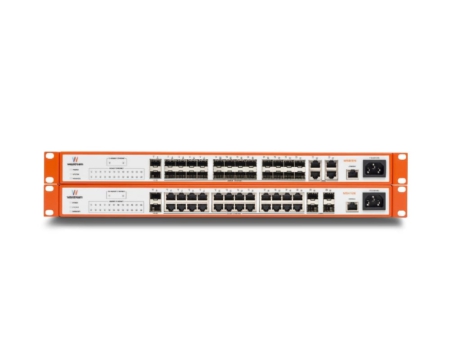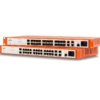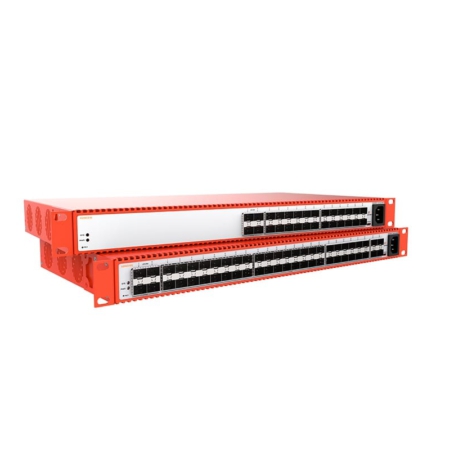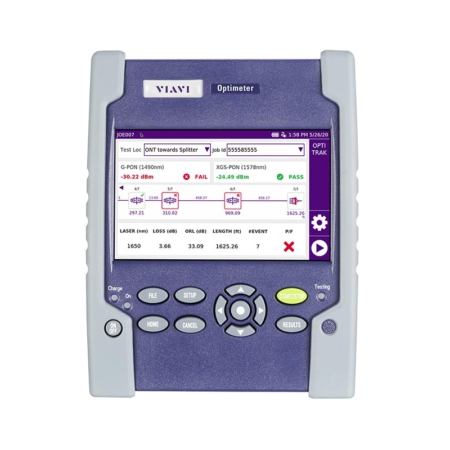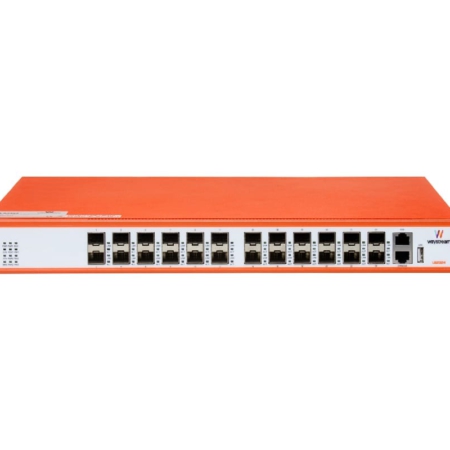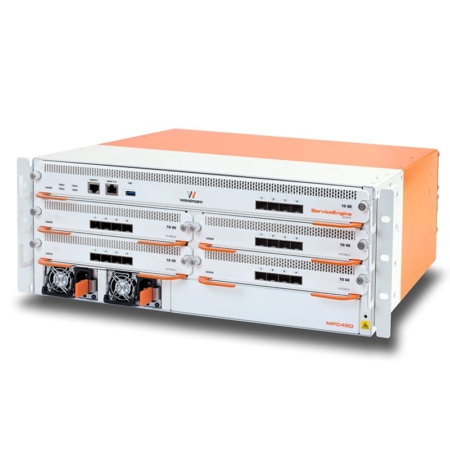Description
Built on a unique network processor and switching silicone solution, the MS4000 delivers a user experience that meets today’s challenge from the most demanding FTTH and enterprise networks.
Features like ingress and egress traffic shaping, quality measurement and control for SLA fulfillment verification, remote mirroring for easier troubleshooting, and multi-rate support to facilitate network upgrades make the MS4000 the ultimate access switch for Layer 2 networking.
- Optimal allocation of bandwidth between applications
- Maximum flexibility for traffic classification and control
- FTTH Customer and Service VLAN topology ready
- 10 Gbit/s uplink ports
- 100 Mbit/s and 1Gbit/s for copper and fiber downlink ports
- Efficient distribution of TV including quality measurement
Advanced traffic classification/forwarding
The MS4000 switch silicone has extensive traffic classification support. The network processor architecture of the MS4000 allows further classification and forwarding using advanced algorithms based on Weighted Fair Queuing (WFQ) scheduling and shaping. Traffic in both ingress and egress direction can be handled through the NPU in order to overcome the traditional limitation of hardware queues and switch silicone rate-limiting. The MS4000 performs ingress and egress shaping of traffic resulting in a fair distribution of traffic between applications and flows so that a single session or user cannot monopolize the bandwidth of a service and block all other applications or services.
Fair allocation of traffic is fundamental to a satisfactory end user experience. Even when end users consume all available bandwidth, applications remain responsive.
Multi-rate support
The SFP ports of the MS4000 support both 100 Mbit/s and 1 Gbit/s speeds, which means that upgrading access to a fiber network is easy. In an existing Fast Ethernet network the Customer gateway (CPE) can continue to operate at 100Mbit/s when the access switches are upgraded to the MS4000. Instead of fork-lift upgrading all CPEs, each customer can obtain higher speed services when needed. A simple reconfiguration in the MS4000 instantly provides 1 Gbit/s link speed if multirate SFPs are used.
The 10Gbit/s ports also support 1Gbit/s operation and is fully compatible with both SFP and SFP+ optical modules.
Customer and Service VLAN topologies
The MS4000 can be used in a wide variety of network topologies and supports:
- Ethernet wholesale with C-VLAN and S-VLAN, supporting double-tagging
- Customer VLAN topologies with a central Service Router
- Service VLAN topologies using DHCP snooping for end-user and network security
- IP strict clients for anti-spoofing
- ARP inspection provides increased security
- MAC Forced Forwarding prevents layer 2 interaction between clients in the VLAN
A major concern in Service Router deployment topologies is how to protect the network from user upstream bandwidth attacks. The natural response is to use ingress rate-limiting on the access switch, but in Service Router topologies this both increases the number of devices that requires configuration and requires advanced rate-limiting functions to avoid a negative impact on traffic flows. The MS4000 can be adapted using ScriBOS to interact with DHCP or RADIUS servers to perform ingress shaping of traffic, thereby contributing to network protection and improved user experience.
Multicast VLAN support and ability to create channel packages allows optimal bandwidth utilization in the access at the same time as maximum control of TV distribution is obtained. This effectively prevents card sharing as each downlink port can have its own unique channel package. MS4000 supports simultaneous forwarding of up to 2048 multicast groups.
The MS4000 supports full VLAN range, up to 4,096 vlans, including double-tagging, and 16,000 MAC addresses.
Automated deployment
The MS4000 can be deployed into the network directly out of the box. There is no need for pre-configuration of the switch before installation. When connected to the network, the switch will BOOTP for its management IP which allows a central auto-configuration server to connect to the switch and configure it.
Connectors in the front
All connectors for network, administration and power are located in the front of the unit. In addition the MS4000 has a small form factor, only 26cm deep. This simplifies installation and makes the MS4000 fit into narrow spaces in multi-dwelling unit environments as well as dense deployment in central office or wiringcloset sites.
Support for dual stack services
IPv6 deployment is now becoming mandatory in many networks. MS4000 also supports classification on IPv6 including policies for traffic management and QoS.
Quality inspection of TV
The MS4000 can also inspect multicast MPEG streams using the Realtime Protocol Monitoring (RPM) feature to measure the MPEG quality.
The RPM feature supports MPEG over RTP as well as UDP, and collects and analyzes metrics at RTP level, Transport Stream level and Packetized Elementary Stream level. The errors detected include:
- sequence-error per RTP multicast group
- jitter per RTP multicast group
- missing-sync-byte per TS multicast group
- misaligned per TS multicast group
Any detected errors can be logged, read using SNMP, or shown by the ASR CLI. Each ASR that runs RPM becomes a probe, capable of monitoring up to 50 TV channels at the same time. If an end user reports a problem with the TV service, the RPM data provides an immediate notification if a problem is seen in the network, and if it affected the entire network or only a part of the network. The RPM data may even help network engineers to pinpoint the location of the problem in seconds, instead of the usual hours, or even days, of manual troubleshooting.
Script motor - ScriBOS
The programmable script motor allows customized and autonomous service control. Service conditions and behavior can be adapted to fit any type of existing service deployment structure used by operators. Existing RADIUS based mechanisms, used for xDSL, can be reused by the MS4000 which reduces investment costs in the OSS system for service providers when new services are deployed in the network.

